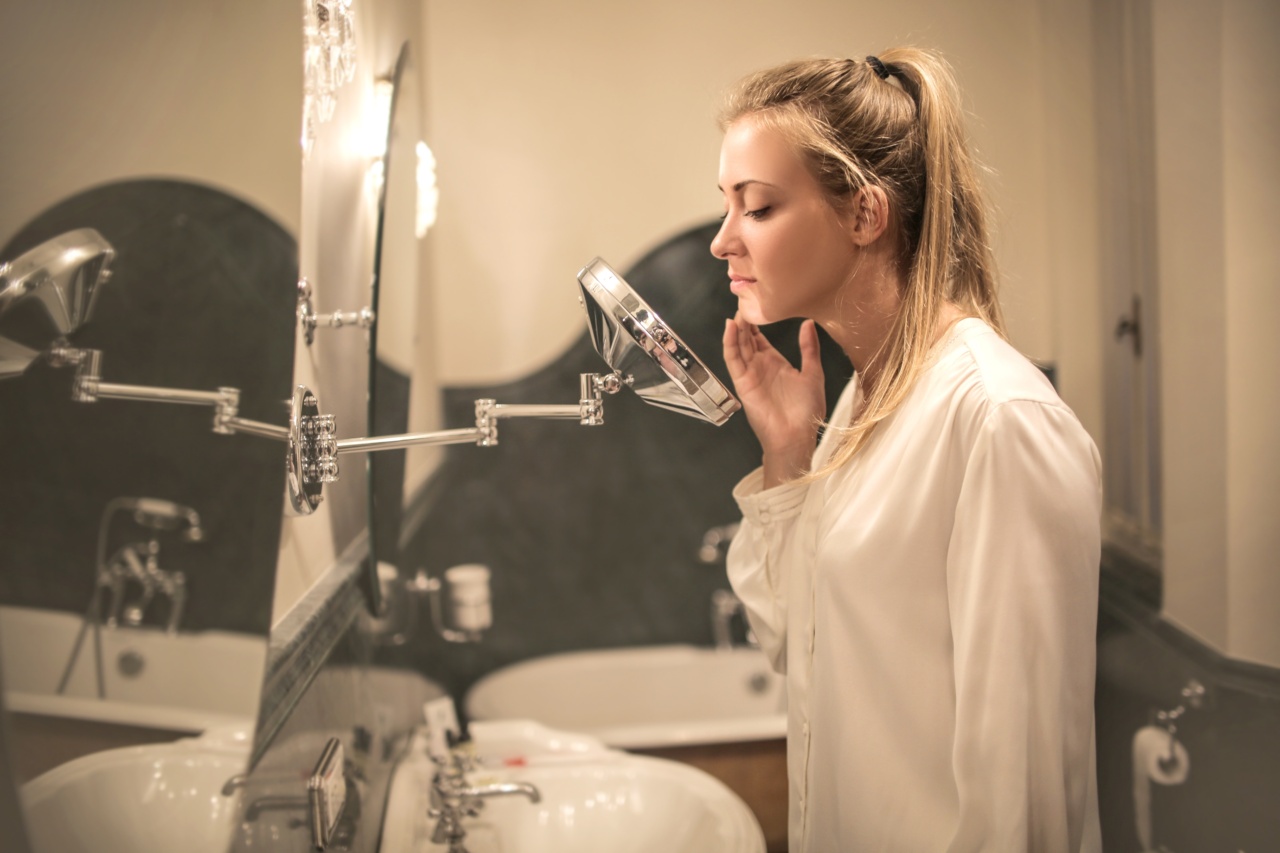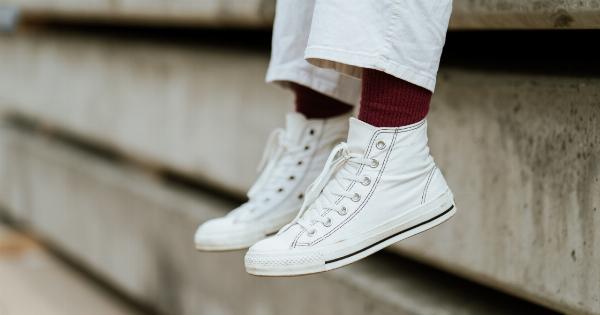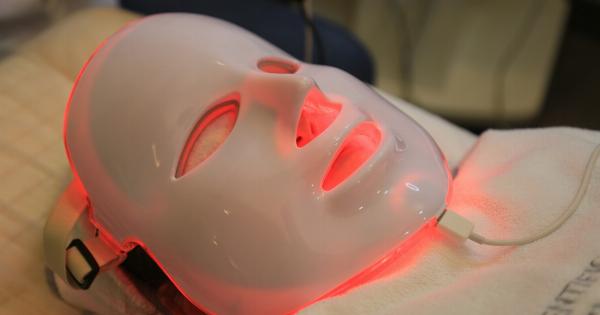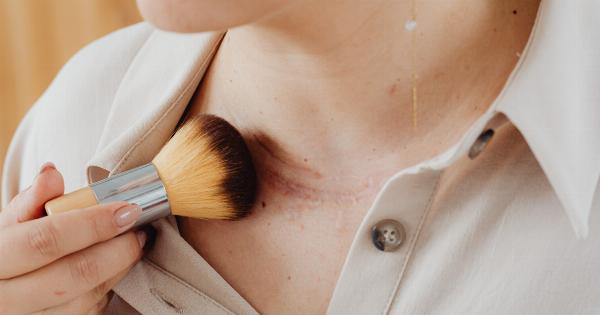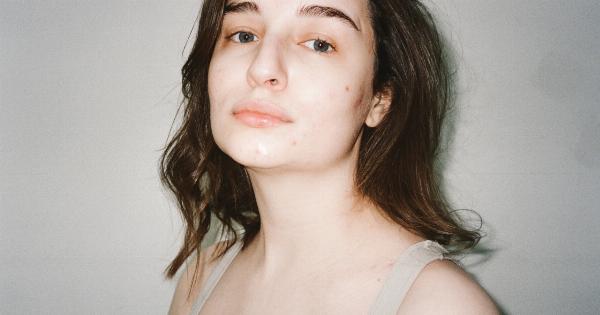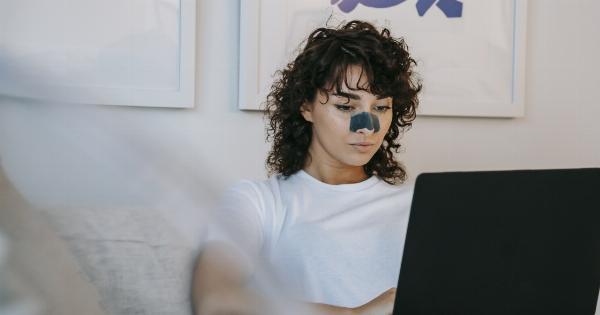Acne is a common skin condition that affects millions of people worldwide. It occurs when hair follicles become clogged with oil and dead skin cells. Acne can appear in the form of blackheads, whiteheads, cysts, and pimples.
Acne can be a frustrating condition, causing embarrassment and low self-esteem. Previously, there were limited treatment options available for acne sufferers. However, new research has led to a revolutionary approach to treating acne symptoms.
In this article, we will discuss the latest methods for treating acne and how they can help you achieve clear, healthy skin.
Understanding the Causes of Acne
Before we dive into the revolutionary treatment options for acne, it’s essential to understand the causes of the condition. Several factors can contribute to the development of acne, including:.
- Hormonal fluctuations
- Genetics
- Stress
- Poor diet
- Bacteria
When our bodies produce excess sebum, a type of oil secreted by the sebaceous glands, there is an increased risk of acne. Sebum can mix with dirt, bacteria, and dead skin cells in the follicles, causing inflammation and clogging.
Hormonal imbalances can also stimulate the production of sebum, making acne more likely.
Topical Retinoids
Topical retinoids are vitamin A derivatives that have been shown to be highly effective in treating acne. Retinoids can unclog pores, reducing the risk of blackheads and whiteheads.
They also reduce the production of sebum, preventing the buildup of bacteria that can lead to pimples and cysts. One of the most popular topical retinoids is tretinoin. This medication is available in cream, gel, or lotion form and can be applied directly to the skin.
Tretinoin can cause skin irritation, so it’s essential to start with a low dosage and gradually increase it over time. Topical retinoids are available by prescription only.
Benzoyl Peroxide
Benzoyl peroxide is another commonly used topical treatment for acne. Benzoyl peroxide reduces the number of bacteria that can cause acne, making it less likely for pimples and cysts to form.
Benzoyl peroxide is available in different strengths, ranging from 2.5% to 10%. Patients can purchase over-the-counter creams, gels, or washes containing benzoyl peroxide. In some cases, doctors may prescribe a higher strength of benzoyl peroxide for patients with severe acne symptoms.
Antibiotics
Antibiotics are a common treatment for acne. They work by killing the bacteria that can cause acne, reducing inflammation and redness. Antibiotics can be taken orally or applied topically.
For patients with moderate to severe acne, oral antibiotics are typically more effective. One of the most commonly prescribed antibiotics for acne is doxycycline. Patients may experience side effects such as stomach upset, diarrhea, and photosensitivity while taking antibiotics for acne.
It’s essential to take the full course of antibiotics, even if symptoms improve before the medication is finished.
Isotretinoin
Isotretinoin is an oral medication that is highly effective in treating severe acne. This medication is reserved for patients with moderate to severe acne who have not responded to other treatments.
Isotretinoin reduces the amount of sebum produced by the sebaceous glands, preventing the development of new pimples and cysts. However, isotretinoin can cause severe side effects, including depression, pancreatitis, and birth defects. Patients who take isotretinoin must be closely monitored by a physician and enrolled in a risk management program.
Light and Laser Therapy
Light and laser therapy are new treatments for acne that have been shown to be highly effective. These treatments use light or laser energy to kill the bacteria that can cause acne. The light or laser also reduces inflammation and promotes healing.
Blue light therapy is a popular treatment option for acne. This treatment uses high-energy light to kill the bacteria that cause pimples and cysts. Patients typically undergo several sessions of blue light therapy per week for several weeks.
Chemical Peels
Chemical peels are another option for treating acne. These treatments use a chemical solution to remove the outer layer of skin, revealing new, healthy skin beneath. Chemical peels can unclog pores and reduce the appearance of acne scars.
They also stimulate the production of collagen, which can improve skin texture and tone. Chemical peels are available in various strengths, and patients may experience redness, flaking, and irritation after treatment. Chemical peels are typically performed in a dermatologist’s office.
Maintaining Clear, Healthy Skin
While the treatments mentioned above can help clear up acne symptoms, it’s essential to maintain healthy skin habits to prevent future breakouts.
Patients should wash their face twice daily with a gentle cleanser and avoid touching their face throughout the day. It’s also important to choose non-comedogenic makeup and skincare products that won’t clog pores.
Conclusion
Acne is a common skin condition that can cause frustration and embarrassment. Fortunately, with the revolutionary treatments now available, patients can achieve clear, healthy skin.
Topical retinoids, benzoyl peroxide, antibiotics, isotretinoin, light and laser therapy, and chemical peels are all effective treatment options for acne. Patients should work with their healthcare provider to determine the best treatment plan for their individual needs. By maintaining healthy skin habits, patients can prevent future breakouts and maintain clear, healthy skin.
